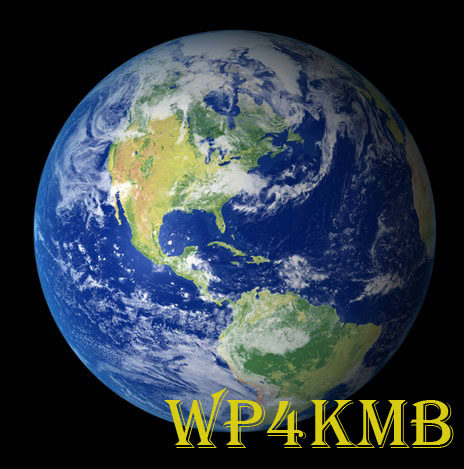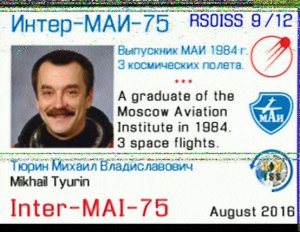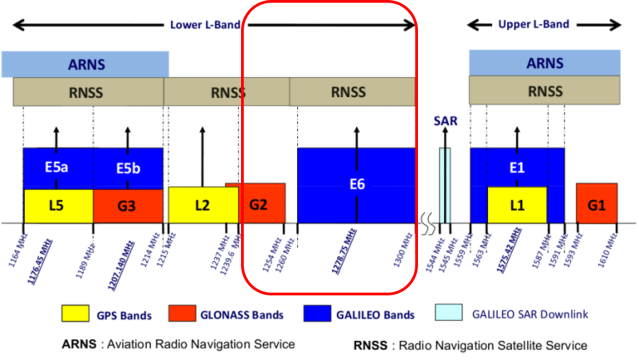ARISS Europe to Perform Special Digital SSTV Experiment
ARISS Europe to Perform Special Digital SSTV Experiment
 Amateur Radio on the International Space Station (ARISS) is planning for a special SSTV experiment. ARISS is the group that puts together special amateur radio contacts between students around the globe and crew members with ham radio licenses on the International Space Station (ISS) and develops and operates the amateur radio equipment on ISS.
Amateur Radio on the International Space Station (ARISS) is planning for a special SSTV experiment. ARISS is the group that puts together special amateur radio contacts between students around the globe and crew members with ham radio licenses on the International Space Station (ISS) and develops and operates the amateur radio equipment on ISS.
As part of its ARISS 2.0 initiative, the ARISS International team is expanding its educational and life-long learning opportunities for youth and ham radio operators around the world. ARISS Slow Scan Television (SSTV), which is the transmission of images from ISS using amateur radio, is a very popular ARISS mode of operation. To expand ARISS SSTV capabilities, the ARISS Europe and ARISS USA teams plan to perform special SSTV Experiments using a new SSTV digital coding scheme. For the signal reception, the software “KG-STV” is required, as available on internet.
We kindly request that the amateur radio community refrain from the use of the voice repeater thin this SSTV experiment on February 20, 2022, over Europe.
This is a unique and official ARISS experiment. We kindly request keeping the voice repeater uplink free from other voice transmissions during the experiment time period. Also note that ARISS is temporarily employing the voice repeater to expedite these experiments and make a more permanent, more expansive SSTV capability fully operational on other downlink frequencies.
The first experiment in the series will utilize ARISS approved ground stations in Europe that will transmit these digital SSTV signals. These will be available for all in the ISS footprint when SSTV transmissions occur. The first SSTV experiment is planned for February 20, 2022, between 05:10 UTC and 12:00 UTC for five ISS passes over Europe. Please be aware that this event depends on ARISS IORS radio availabilities and ISS crew support, so last-minute changes may occur.
To promote quick experimental SSTV investigations—to learn and improve–the ARISS team will employ the ISS Kenwood radio in its cross-band repeater mode. The crossband repeater operates on a downlink of 437.800 MHz. Each transmission sequence will consist of 1:40 minute transmission, followed by 1:20 minute pause and will be repeated several times within an ISS pass over Europe.
The used modulation is MSK w/o error correction. For the decoding of the 320 x 240 px image, the software KG-STV is required. The KG-STV software can be downloaded from the following link:
http://amsat-nl.org/wordpress/wp-content/uploads/2022/02/kgstv_ISS.zip
The ZIP file contains the KG-STV program, an installation and setup manual, some images and MP3 audio samples for your first tests as well as links for additional technical information about the KG-STV use.
The members of the ham radio community youth and the public are invited to receive and decode these special SSTV signals.
Experiment reports are welcome and should be uploaded to “sstvtest@amsat-on.be”
More information will be available on the AMSAT-NL.org web page:
https://amsat-nl.org/?page_id=568
(for the team: Oliver Amend, DG6BCE)
m5aka
AMSAT-UK
Powered by WPeMatico






